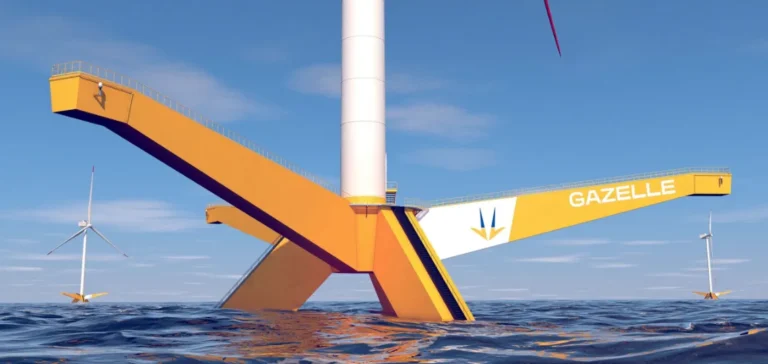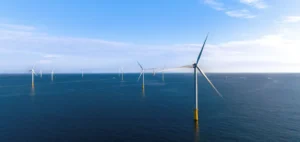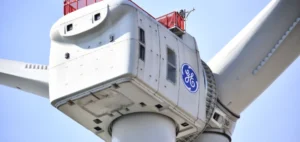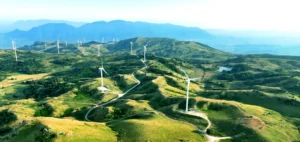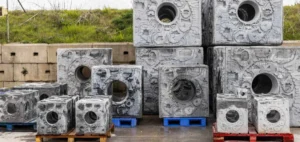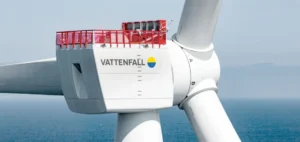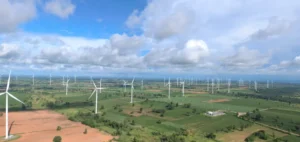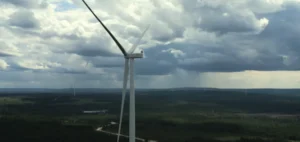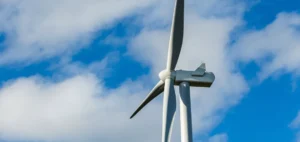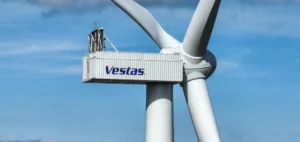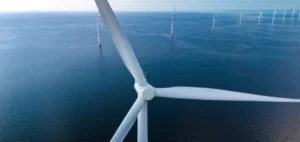Gazelle Wind Power, a developer of next-generation floating wind platforms, has announced a strategic agreement with the Portuguese conglomerate dstgroup. Through dstventures, its venture capital entity, dstgroup will invest €1.5mn ($1.62mn) in Gazelle. This partnership also involves an industrial commitment, with dstgroup’s subsidiary bysteel responsible for manufacturing and constructing the modular steel structures for the Nau Azul project, located off the coast of Aguçadoura, Portugal.
An expanding offshore wind market
According to industry data, global offshore wind installations are expected to grow from 8 GW in 2024 to 50 GW by 2033. The deployment of high-capacity turbines, especially 15 MW models capable of powering up to 20,000 European households, is considered a key factor for industrial growth and the reduction of levelized cost of energy (LCoE). The Nau Azul project is intended to serve as a demonstrator for Gazelle’s patented floating platform, sized for Portuguese offshore conditions and designed for industrial-scale rollout with 15 MW turbines or larger.
An industrial partnership for the wind sector
The technology developed by Gazelle Wind Power is based on a specific hull geometry combined with a counterweight anchoring system. This design aims to limit platform movement and reduce environmental impact, while minimising the use of steel and overall footprint compared to conventional floating platforms. Assembly in shallow-draft ports could optimise the industrial and logistics chain.
“Our partnership with dstgroup marks a major step in accelerating the commercialisation of floating wind systems across Iberia. Dstgroup’s industrial experience and innovative approach provide the momentum we need to move forward quickly on this technology,” said Jon Salazar, Chief Executive Officer of Gazelle Wind Power, as quoted by Bloomberg on July 16.
Industrial rollout and regional perspectives
José Teixeira, Chairman of dstgroup, stated that this investment is part of the group’s strategy to promote solutions combining engineering excellence with environmental responsibility. He noted that bysteel’s participation in industrial manufacturing marks progress in demonstrating the scalability of floating platforms with turbines of 15 MW and above. According to the information provided, Gazelle Wind Power recently obtained a TUPEM (Título de Utilização Privativa do Espaço Marítimo) authorisation for a period of ten years, an essential condition for the deployment of the Nau Azul project.
The implementation of the project is expected to serve as a potential driver for the local sector, with economic benefits including job creation across the entire supply chain. Bloomberg also reported that the project aims to strengthen Portugal’s position in offshore wind innovation.


